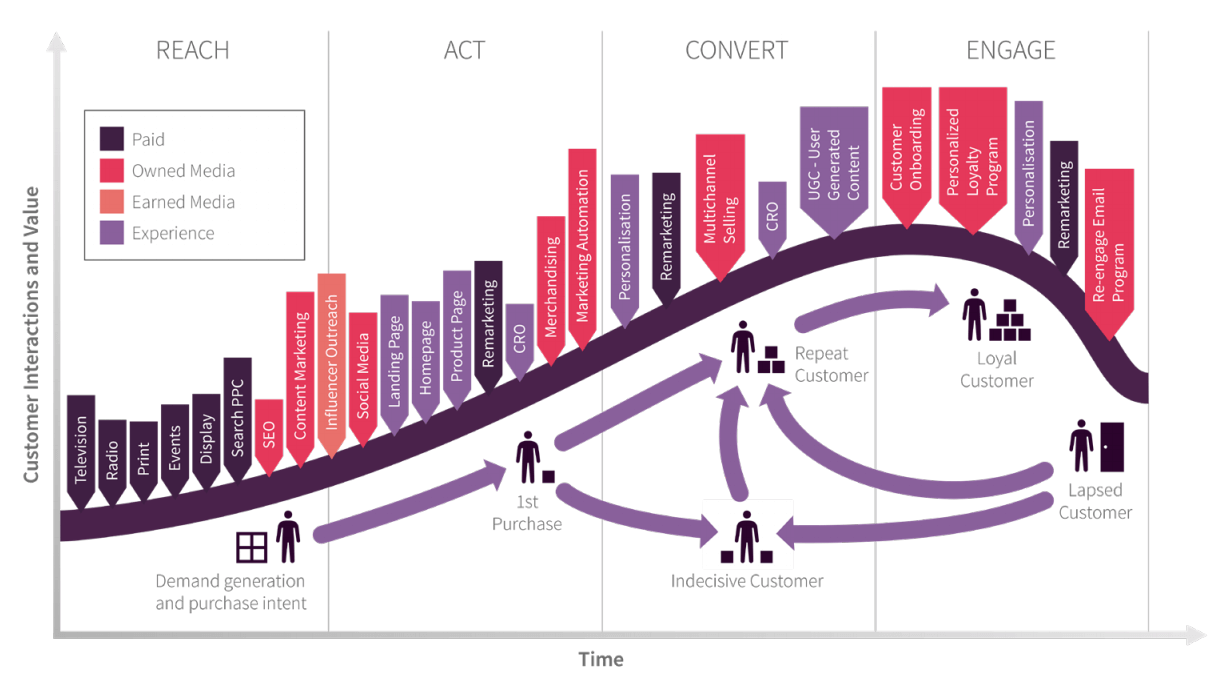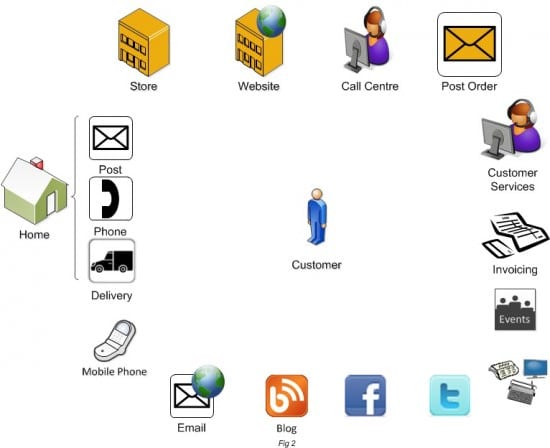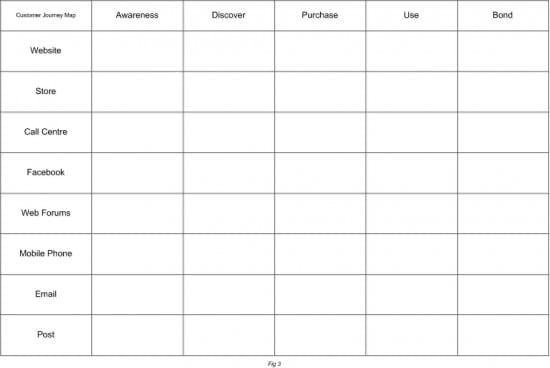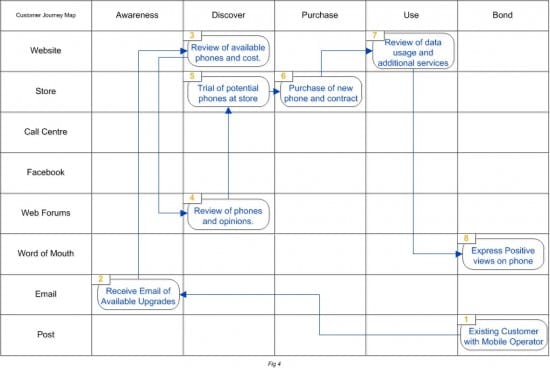Techniques for mapping your digital customer journeys across different touchpoints with the RACE Framework
Understanding your customer and how they interact with your business, directly and indirectly, is critical in driving improved value, repeat business, and longevity (and value) of your relationship. That's why you need a digital customer journey example.
Digital customer journey mapping helps you create a communication strategy that builds a conversation with your customers. Following your digital customers' journies helps you visualize current and planned customer journeys and the key touchpoints across different marketing channels.
So, where do you start when looking at your business and the journey a customer takes in the initial phases of a decision-making process and in follow-up phases as the relationship builds?
Using the RACE Framework to create digital customer journey examples
Our popular RACE Framework gives marketers a solid structure upon which to base their market research, customer experience (CX) analysis, customer journey mapping - and more.
Marketers love RACE because this simple 5-step process allows you to incorporate customer data with your growth strategy to plan, manage, and optimize your key customer touchpoints, which you can see in the below omnichannel customer journey example.
Why is this important? In today's competitive digital landscape, keeping your customers happy is the pinnacle to success. In fact, 32% of all customers would stop doing business with a brand they loved after one bad experience - losing you business, and decreasing your marketing ROI.
So, now's the time to invest in getting your customer journey spot on, so you can acquire and retain even more customers, and build a marketing strategy that achieves your business objectives.

Need a plan to create a winning marketing strategy?
Get started today using a tried and tested step-by-step process to optimize your marketing.
Start Now
Understanding digital customer journey touchpoints and channels
When beginning to look at a digital customer journey example, a good place to start is the various touchpoints a customer has with your business. Although this is likely to expand with the following steps, it is an area where several stakeholders can be actively involved with different views on how the customer interacts with your business, be that from a customer service viewpoint, e-commerce, fulfillment, etc.
To begin the discussion look at the core purchase channels as this will be well-defined within the business and should cover areas such as those in Fig 1:

You can then expand this to look at other areas such as:
- Marketing Channels (Email, Postal, Telephone, Facebook, Blogs, etc);
- Order Fulfilment (Delivery, Payment, Returns, etc);
- Research Channels (Website, Consumer Forums, Store, Customer Services, etc).
The items covered above look at direct contacts, but not indirect contacts via social sites, word of mouth, customer reviews, etc; which should also be considered to build a complete picture of various touchpoints, as this digital customer journey example demonstrates:

Digital customer journey examples
For each of the touchpoints in Fig 2 the customer will complete several actions and activities, which will be different for each industry and business, but could be summarised into the following classic types:
- Awareness
- Discover
- Purchase
- Use of product of service
- Bonding with product
This can be expanded to cover key areas for your business (e.g. For a Hotel chain the use of product/service may want to be expanded to look at key elements such as check-in, use of amenities, check out & departure), but is best kept simple to begin with to allow initial customer journeys to be mapped and additional activities discovered and defined.
Mapping the customer journey
Now you have an idea of the customer touchpoints and activities completed, a simple table can be used to map the customer journey with activities listed across the top and the touchpoints down the left-hand side, for example:

This can then be used to look at typical customer personas to map their journey from initial awareness, through purchase to bonding and sharing their satisfaction.
In the first instance use your own frame of reference to plot your journey when making that initial purchase with your business. For example in Fig 4 I have plotted a recent journey I completed when choosing a new mobile phone:

This provides key points on my journey and identifies influence and decision points, such as:
- The decision to stick with existing Mobile Operator (Step 3 – Review of available phones and costs);
- Influence on phone selected (Step 4 – Review of phones and opinions & Step 5 – Trial of potential phones at store and recommendation);
- Purchase Decision (Step 6 – Purchase at Store).
In this example, I am a returning established customer and a new customer would have a different path, as would other customer personas, for example, Early Adopters (Want the latest technology), Basic Users (Only interested in using their phone in emergencies), Social Connectors (Heavy users of Twitter, Facebook, etc). The key is to understand the path and steps each type of customer takes, using actual customer feedback and research if available.
Using digital customer data
Having built an understanding of your customers' experiences with your business you are now in a position to improve the customer experience:
- Minimizing of negative customer experiences, through identification of key steps and decision points to ensure the correct information is available and accessible to all customer types.
- Improved customer retention, through understanding how they transition though each stage in their purchase lifecycle, enabling relevant and connected conversations to the customer to help them move towards a positive decision point.
- Identification of communication GAPs, where no or conflicting messages are being received. For example, use of social media to respond to customer feedback whether positive or negative.
- Understand core customer journey paths, where additional development will provide the biggest impact.
- Understanding of required metrics to identify customer’s progress and fall out points, providing opportunities to bring customers back on board.
Looking to boost your skills or optimize your team's performance? Our dedicated training will help you identify marketing challenges and opportunities. Our Digital Experience Learning Path will walk you through the step-by-step process of transforming your customers' experiences. Plus, our strategy and planning guidance will support you in creating a winning marketing strategy so you can integrate your touchpoints efficiently. Get started today.
Need a plan to create a winning marketing strategy?
Get started today using a tried and tested step-by-step process to optimize your marketing.
Start Now
In summary when mapping your customer journey remember the following key points:
- Complete the exercise from the customer’s viewpoint, not how you expect them to use your process/system.
- Where possible use actual customer feedback to determine the path taken.
- Identify key customer persona, you cannot map every customer's path individually!
- Keep it simple, the idea is to provide context and understanding to help identify areas for improvement or influence in the customer’s journey.












